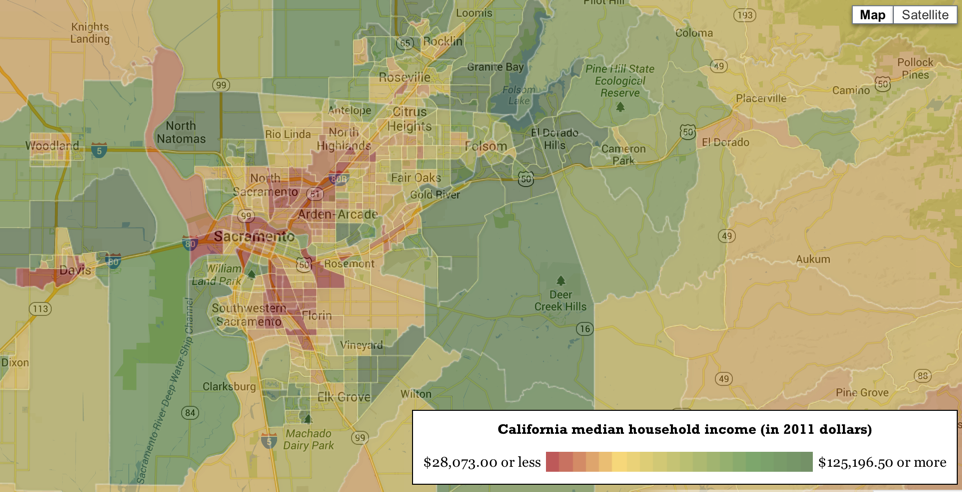John Diaz, Glass House
/In his latest column, John Diaz, editorial page editor of the San Francisco Chronicle, bemoans the tendency of his readers to live in echo chambers of the like-minded, receiving information only from sources they agree with. Yes, political polarization is real and increasing. But as political scientist Brendan Nyhan recently pointed out in a more nuanced and better informed article, American expose themselves to a wider variety of media and information sources than hand-wringers like Diaz acknowledge.
But there does seem to be at least one group of Americans who live in a media echo chamber: Readers of California newspapers.
Look at this list, compiled by the irreplaceable Scott Lay for his daily Nooner report, of newspaper endorsements of statewide candidates and ballot measures for the November 4 election.
I read this list and can't help but marvel how, in a state as big as California, with the most complex economy and most diverse mix of people and cultures on the face of the planet, the state's newspapers manage to walk in virtual lockstep through the ballot.
Why? Partly because this is an election mostly about nothing in a state where one party, the Republicans, is moribund. But notice that in the only three statewide candidate elections where there is any real competition—controller, secretary of state, superintendent of public instruction—the endorsements are virtually unanimous. And that's not because those races involve easy or obvious choices. There's a good, informed case to be made for any of the candidates in those contests. But in 26 flips of the coin, the state's newspapers ended up together on heads 23 times.
Diaz denies his newspaper has a "centrist bias." But the papers' very much nonrandom walk through this year's ballot seems a good piece of evidence for what I observed in a career working in journalism: there's no echo chamber louder, no herd more tightly clustered around conventional wisdom, than in a newspaper office.







